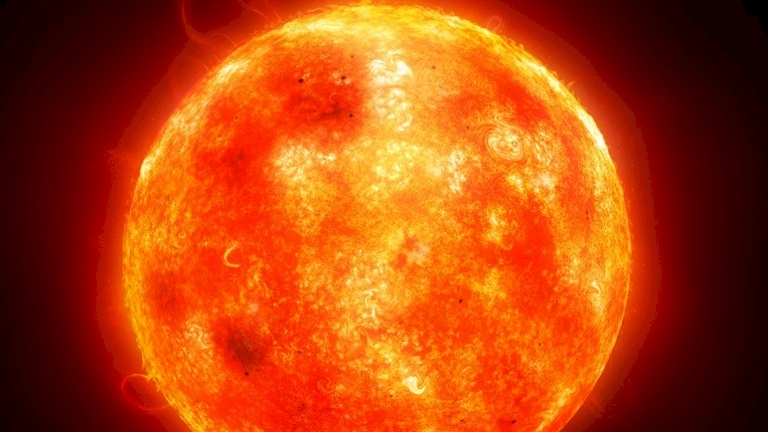
NASA Launches AI Model to Read the Sun and Predict Space Storms
SadaNews - NASA has recently launched a pioneering AI model named "Surya" with the ambition of radically changing our understanding of the Sun's brightness and its storms. This model, developed by NASA in partnership with IBM, is considered one of the most advanced tools for predicting space weather, a phenomenon that could affect satellites, aviation, communication networks, and energy on Earth.
Rich Solar Archive and Advanced Training
Surya's design is based on the analysis of nine years of continuous data collected by NASA's Solar Dynamics Observatory (SDO). The model contains millions of parameters and processes highly detailed images of the Sun's surface and its outer atmosphere, such as the magnetic environment and flares. It has succeeded in achieving a 16% improvement in prediction accuracy compared to traditional methods.
Predictive Capabilities Surpassing Humans
Thanks to its massive infrastructure and abundant data, Surya has been able to automatically learn complex solar patterns, such as the difference in rotation speed between the equator and poles, without the need for direct human intervention. This self-learning ability enhances the understanding and forecasting of solar events such as flares and coronal mass ejections, helping to protect ground infrastructure and technology.
One of the notable features of this project is the model's publication as an open-source resource on platforms like GitHub and Hugging Face, along with the provision of an organized dataset under the name "SuryaBench."
With this step, NASA and IBM enhance transparency and global research collaboration, accelerating the development of practical tools for predicting space weather.
Strategic Support from Major Institutions
The Surya project is part of a broader strategy to deploy artificial intelligence in Earth and space sciences, supported by the National Science Foundation's (NSF) NAIRR initiative, and with help from the tech giant NVIDIA in providing the necessary computational capabilities for large-scale training.
In a non-fourth warning activity, Joseph Whistle from NASA indicated that "the contemporary society is built on technology sensitive to space conditions," stressing that early warning before the arrival of severe solar weather is essential. Indeed, Surya has demonstrated its ability to provide visual predictions up to two hours in advance, with an improved accuracy of 16% compared to previous methods.
Future Steps
This achievement comes at a time when the danger of space weather is increasing with the uptick in solar activity during the twenty-fifth cycle, placing the protection of communication, energy, and space navigation networks as a top priority.
Surya is expected to revolutionize how threats from space weather are managed through predictive accuracy and analysis speed, with practical applications that include alerting satellite operators and warning targeted ground entities. With its open nature, researchers in various countries can participate in improving and adapting it according to local challenges.

Will Traditional Passports Become a Thing of the Past?

Italy Fines Apple $115 Million Over App Store

10 Players Awaiting Their Shine in the Africa Cup 2025

Lactic Acid as a Retinoid Alternative for Sensitive Skin Care

Majid Al-Masry on "Awlad Al-Ra'i": A Human Drama Full of Emotions

Cold Water Baths May Suddenly Raise Your Blood Pressure

The Bankruptcy of the Innovative Company "Roomba" Threatens the Future of Struggling Tech...

